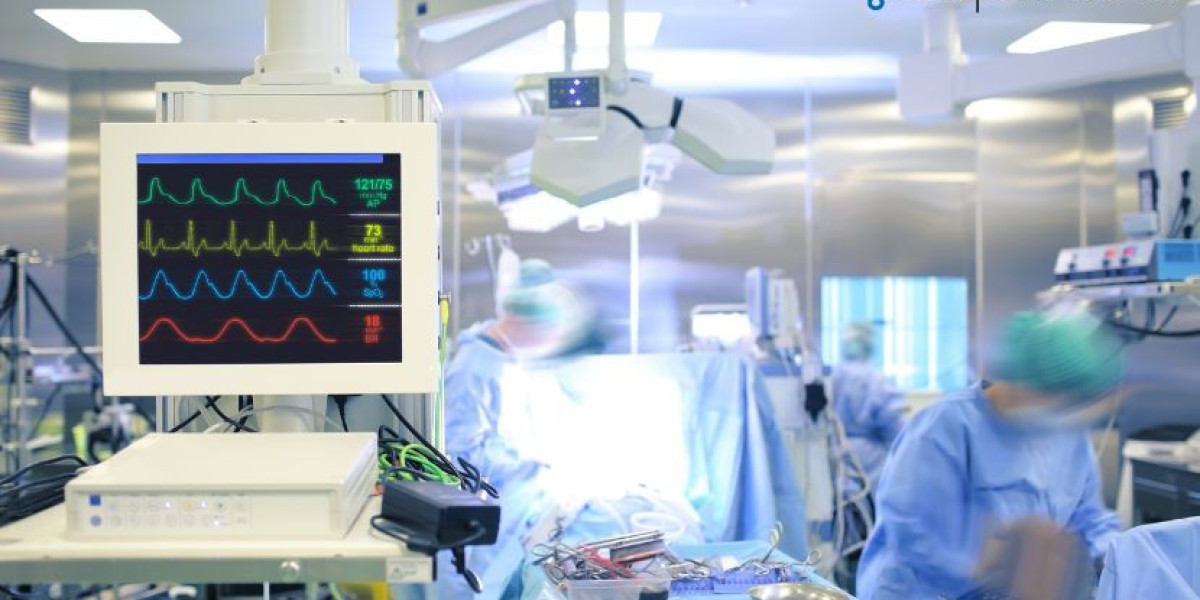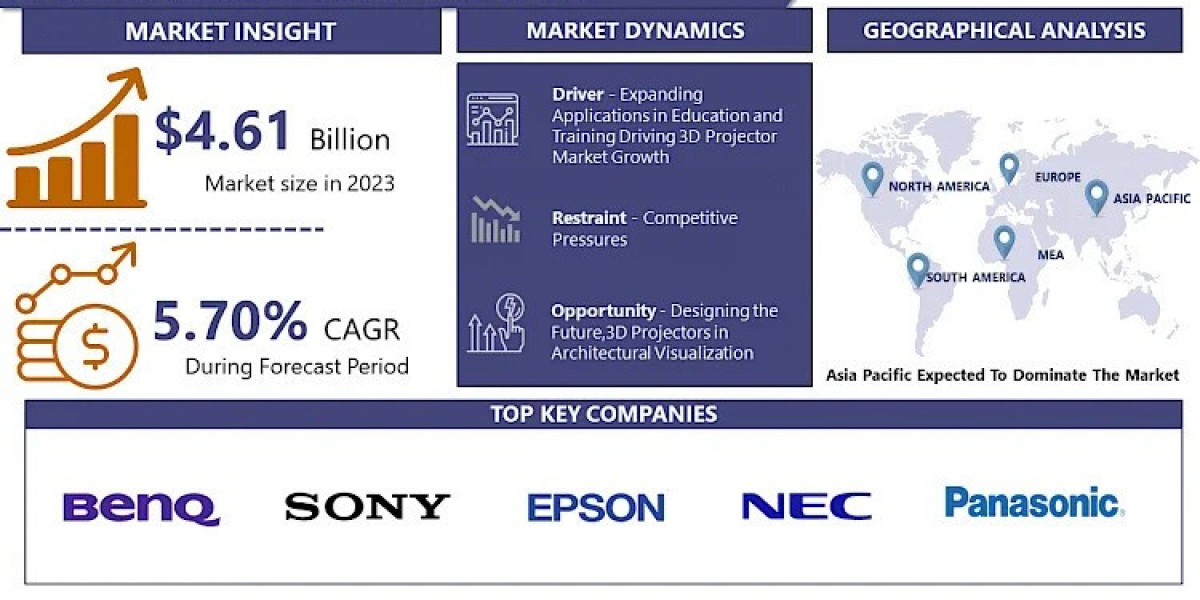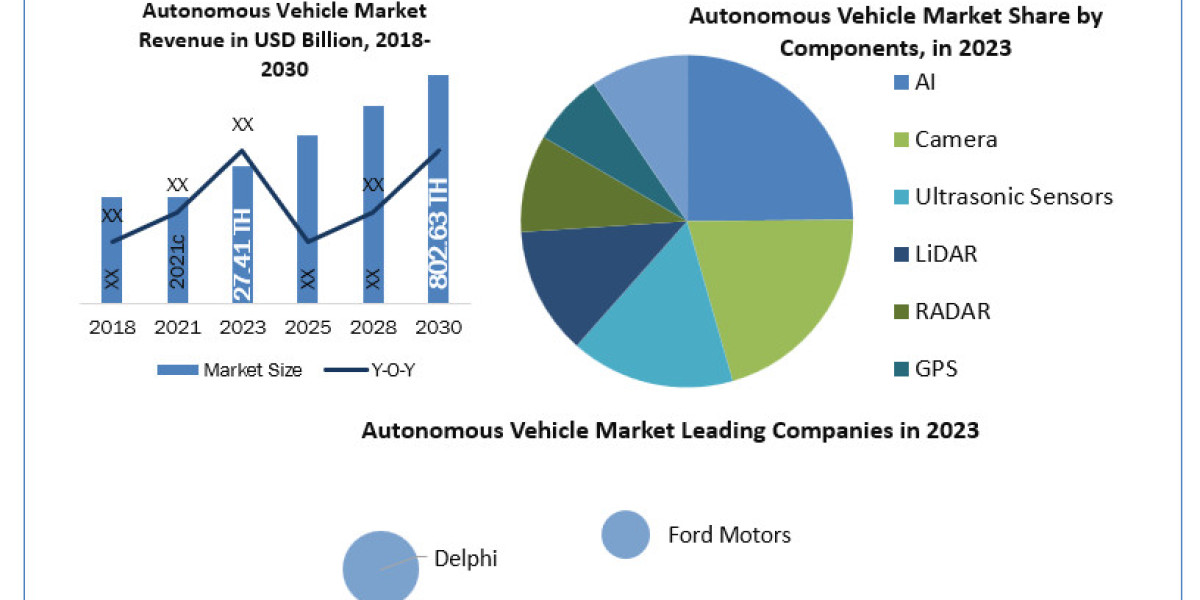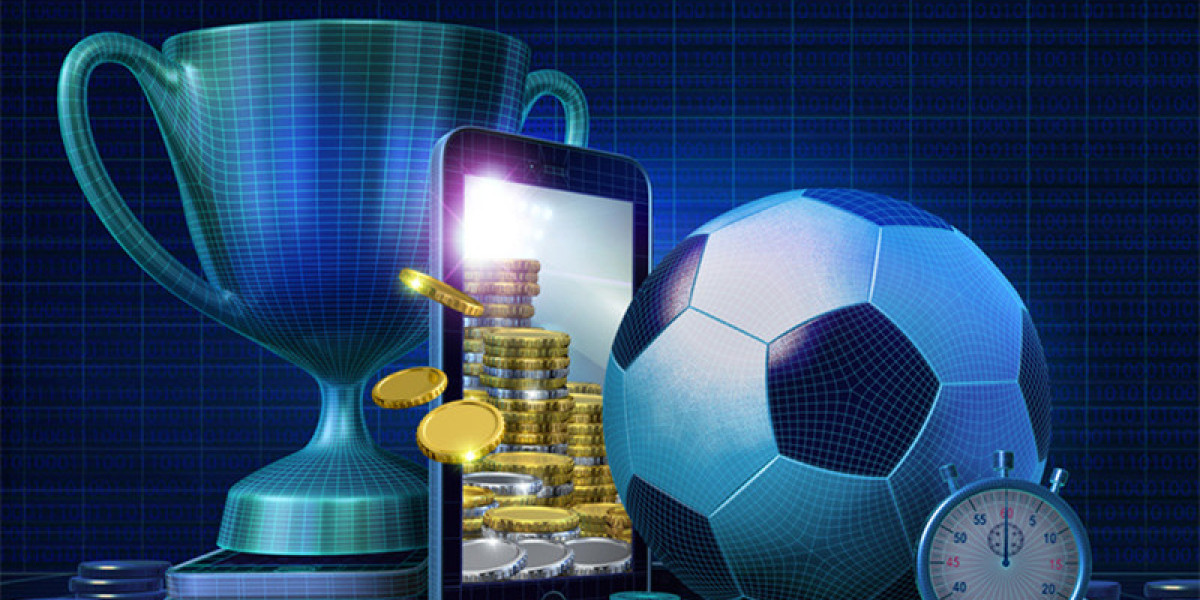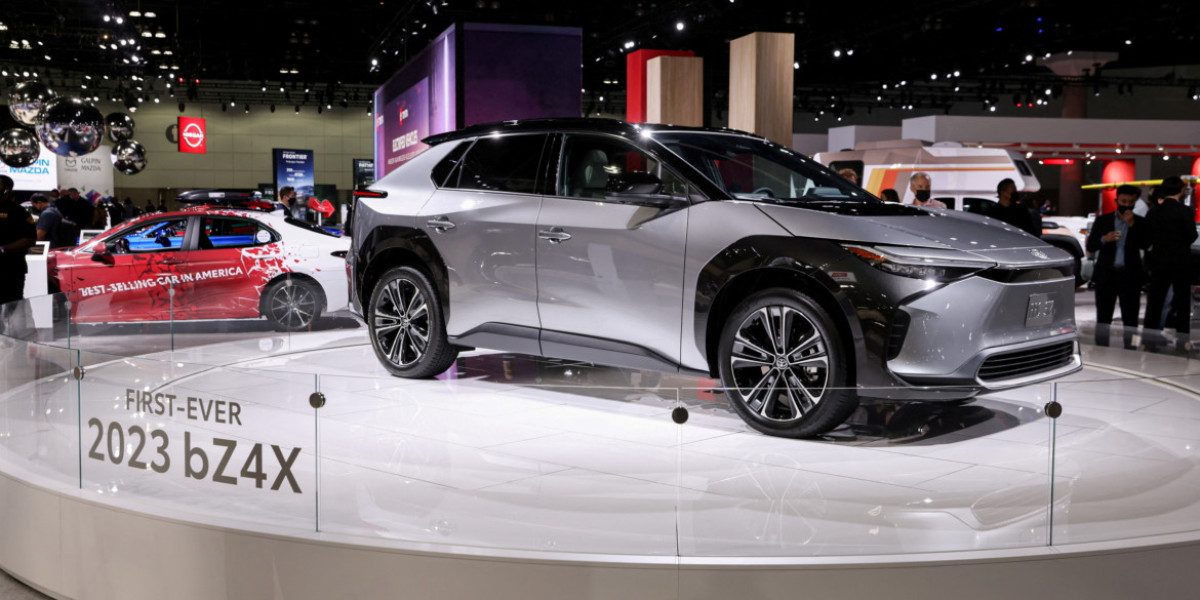The patient monitoring devices market is on an upward trajectory, driven by the increasing prevalence of chronic diseases, the growing geriatric population, and continuous advancements in medical technology. As healthcare needs evolve, patient monitoring devices are playing an increasingly vital role in providing continuous care, improving patient outcomes, and optimizing healthcare costs. The market value stood at USD 43.73 billion in 2024 and is projected to grow at a CAGR of 7.7% during the forecast period of 2025-2034, reaching an expected value of USD 85.25 billion by 2034. The global adoption of these devices is expected to increase as healthcare systems prioritize preventive care, remote monitoring, and efficient management of chronic conditions.
Market Overview
Patient monitoring devices are medical instruments used to monitor and assess patients' vital health parameters, providing real-time data that healthcare providers rely on to make informed decisions. These devices track various parameters such as heart rate, blood pressure, oxygen saturation, and temperature, ensuring continuous patient observation. The demand for such devices is increasing due to the rising burden of chronic diseases like diabetes, cardiovascular conditions, and respiratory illnesses, along with the aging population requiring ongoing care. Technological innovations such as wireless monitoring, remote care solutions, and multi-functional devices are further enhancing the market’s growth.
Market Size and Share
The global patient monitoring devices market was valued at USD 43.73 billion in 2024 and is anticipated to grow at a CAGR of 7.7% during the forecast period of 2025-2034. By the end of 2034, the market is expected to reach a value of approximately USD 85.25 billion. This growth is largely attributed to advancements in healthcare technology, increased adoption of remote patient monitoring, the rise in chronic disease prevalence, and the global expansion of healthcare infrastructure. Additionally, the growing trend toward home healthcare and ambulatory care centers further fuels market expansion.
Market Trends
- Rise in Chronic Disease Prevalence
The growing global burden of chronic diseases, such as diabetes, hypertension, and cardiovascular diseases, is a significant driver for the patient monitoring devices market. These conditions require constant monitoring, driving demand for devices that can provide real-time data to manage these diseases effectively. Continuous monitoring of vital signs helps detect abnormalities early, thus reducing the risk of complications and enhancing patient quality of life. - Technological Advancements in Monitoring Devices
Advancements in technology have revolutionized the patient monitoring devices market. The introduction of wireless devices, integrated software, and mobile health apps enables seamless data transfer between patients and healthcare providers. Remote patient monitoring devices are becoming increasingly popular as they allow healthcare providers to monitor patients' health status from a distance, reducing hospital visits and ensuring continuous care, especially for those with chronic conditions. - Increased Adoption of Remote Patient Monitoring
Remote patient monitoring (RPM) is becoming increasingly prevalent, particularly among patients with chronic conditions. RPM allows patients to monitor their health at home, which is especially valuable for elderly or immobile patients who might find frequent hospital visits difficult. By using sensors and wearable devices, healthcare providers can remotely track patient data, reducing the burden on hospitals and clinics while offering patients more autonomy and convenience. - Aging Global Population
The aging population is one of the primary factors driving growth in the patient monitoring devices market. As people age, they are more susceptible to chronic diseases such as hypertension, diabetes, and cardiovascular disorders, which require continuous monitoring. The rise in life expectancy worldwide contributes to the demand for more efficient monitoring devices, allowing for better management of age-related health issues.
Market Analysis
- Devices Type Segmentation
The market for patient monitoring devices is segmented into various device types, including hemodynamic monitoring devices, neuro-monitoring devices, cardiac monitoring devices, multi-parameter monitors, respiratory monitoring devices, and remote patient monitoring devices. Among these, cardiac monitoring devices and multi-parameter monitors are the most widely used, as they offer comprehensive solutions for assessing various vital signs, especially for patients in critical care. Remote patient monitoring devices are gaining popularity due to their ability to provide continuous patient data without requiring frequent visits to healthcare facilities. - Application Segmentation
The key applications of patient monitoring devices include cardiology, neurology, respiratory care, neonatal care, weight management, and fitness monitoring. Cardiology holds the largest share in the market due to the high prevalence of heart-related conditions. Neurology applications, including the monitoring of conditions like epilepsy and stroke, are also a significant contributor to the market. Respiratory monitoring devices are increasingly important due to the rising incidence of respiratory diseases, such as asthma and COPD, which require constant monitoring. - End User Segmentation
Patient monitoring devices are primarily used in hospitals and clinics, ambulatory surgery centers, and home healthcare settings. Hospitals and clinics remain the largest end-user segment as they cater to a wide range of patients with different medical conditions. However, home healthcare is emerging as a rapidly growing segment due to the increasing demand for remote monitoring, particularly among elderly patients and those with chronic conditions. The shift toward outpatient and home care services is anticipated to continue growing. - Regional Insights
The global patient monitoring devices market is analyzed across various regions, including North America, Europe, Asia Pacific, Latin America, and Middle East & Africa. North America is the dominant region in the market, driven by advanced healthcare infrastructure, a high incidence of chronic diseases, and increasing investments in healthcare technology. Europe follows closely, with countries like Germany, the UK, and France showing strong adoption of monitoring devices in both clinical and home care settings. The Asia Pacific region is expected to witness the highest growth during the forecast period, driven by a large aging population and improving healthcare access in countries like China and India.
Market Growth
Several factors are driving the growth of the patient monitoring devices market. The increasing prevalence of chronic diseases like diabetes, heart disease, and respiratory disorders is the leading factor. Additionally, the growing geriatric population, who are more prone to chronic conditions, is contributing to the demand for continuous monitoring solutions. Technological advancements, such as the development of wireless devices, mobile health apps, and remote patient monitoring, are also providing new opportunities for market expansion. Furthermore, the shift towards home healthcare and outpatient services is expected to drive further growth in the coming years.
Get a Free Sample Report with a Table of Contents
Recent Developments & Challenges
- Advancements in Wearable Monitoring Technology
Recent innovations in wearable patient monitoring technology, such as smartwatches and fitness trackers that monitor heart rate, sleep patterns, and blood oxygen levels, have made it easier for individuals to track their health on their own. These advancements have opened new opportunities in the market by allowing for more personalized health monitoring and reducing the need for frequent medical visits. - Regulatory Challenges and Approval Delays
While the adoption of patient monitoring devices is on the rise, regulatory hurdles remain a challenge for some manufacturers. The approval process for new devices can be time-consuming and costly, particularly in regions with stringent regulatory standards, such as the United States and Europe. Manufacturers must navigate these challenges to bring their products to market efficiently. - Data Privacy Concerns
As the use of connected devices increases, concerns about data privacy and security are growing. Ensuring that patient health data is protected from cyber threats and misuse is crucial for widespread adoption. Manufacturers and healthcare providers are working to enhance security protocols and comply with regulations such as HIPAA to protect patient information. - High Cost of Advanced Monitoring Systems
While patient monitoring devices offer significant benefits, the high cost of advanced systems, particularly for specialized care, may limit their accessibility in developing countries. Finding cost-effective solutions and expanding insurance coverage for such devices will be key to ensuring that the benefits of patient monitoring technology are available to a broader population.
Key Players
Abbott Laboratories
Abbott Laboratories is a key player in the patient monitoring devices market, offering a wide range of monitoring solutions for cardiac care, diabetes management, and neurological disorders. The company is known for its innovative approaches to medical device development, particularly in the realm of continuous glucose monitoring systems. Abbott’s focus on patient-centric technology and its global presence make it a major contributor to the market’s growth.
Boston Scientific Corporation
Boston Scientific Corporation is another leading company in the patient monitoring devices market. It offers a variety of products designed to monitor cardiac, neurological, and respiratory conditions. The company’s commitment to advancing medical technology through innovation and research has positioned it as a leader in the healthcare industry. Boston Scientific’s continuous expansion into emerging markets further bolsters its market presence.
Becton, Dickinson and Company
Becton, Dickinson and Company (BD) is a global medical technology company known for its patient monitoring devices, including infusion pumps and catheter-based monitoring systems. BD’s focus on improving patient outcomes through innovative monitoring technologies has made it a trusted name in healthcare. The company is committed to expanding its product offerings and enhancing patient care through technological advancements.
General Electric Company (GE Healthcare)
General Electric (GE) Healthcare is a global leader in medical technologies, providing a range of patient monitoring solutions across various specialties, including cardiac, respiratory, and neurology monitoring. GE Healthcare’s expertise in advanced imaging and monitoring technologies makes it a key player in the market, driving innovation and improving patient care across the globe.
Other notable companies in the patient monitoring devices market include Siemens Healthcare GmbH, Philips, Honeywell International Inc., Masimo, and OMRON Corporation.
FAQs
What are patient monitoring devices?
Patient monitoring devices are medical instruments used to continuously track and record patients' vital signs, such as heart rate, blood pressure, oxygen saturation, and temperature, providing real-time data for healthcare providers to manage patient care.
What factors are driving the growth of the patient monitoring devices market?
The growth of the patient monitoring devices market is driven by the increasing prevalence of chronic diseases, technological advancements in monitoring devices, the rising geriatric population, and the growing demand for remote patient monitoring solutions.
What are the main applications of patient monitoring devices?
The main applications of patient monitoring devices include cardiology, neurology, respiratory care, neonatal care, weight management, and fitness monitoring.
Which companies are leading the patient monitoring devices market?
Leading companies in the patient monitoring devices market include Abbott Laboratories, Boston Scientific Corporation, Becton, Dickinson and Company, and General Electric Company (GE Healthcare).
Read Our Blogs
Top 6 Companies in the United States Dialysis Services Market
Trump's New Tariff Plans: Impact on Global Biopharma & Healthcare Industry
